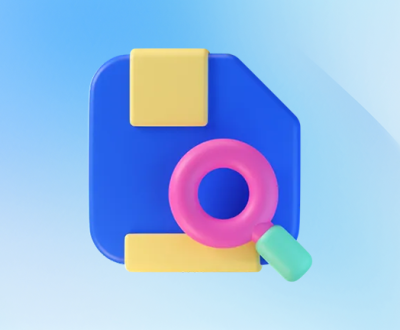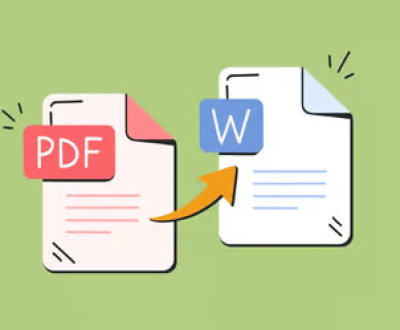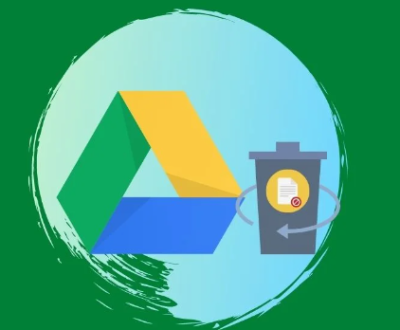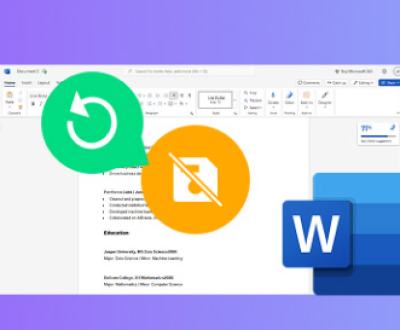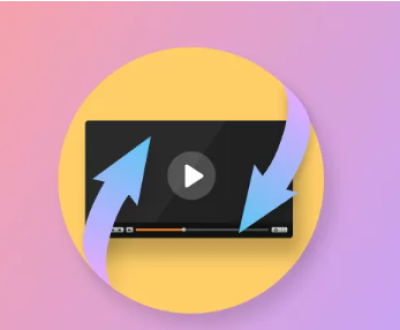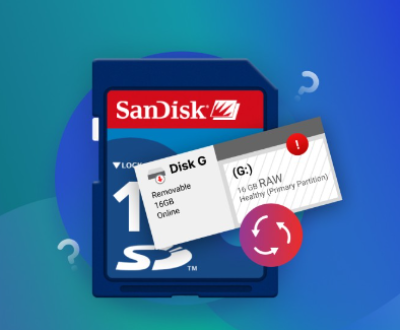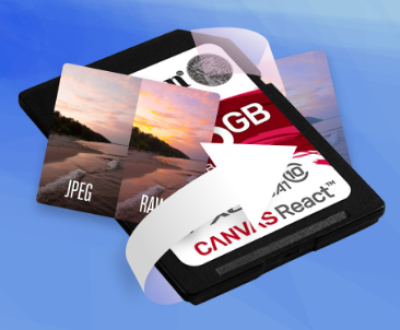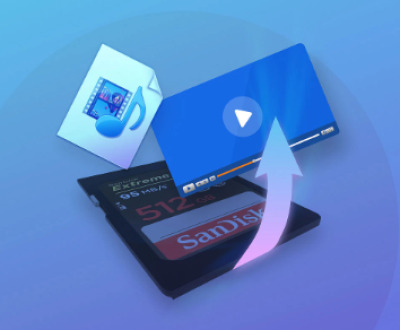Yes, Windows 11 can format a 2-terabyte (TB) hard drive, but there are specific considerations and steps involved, especially concerning the type of file system and partition scheme. In this guide, we’ll walk through everything you need to know about formatting a 2 TB hard drive on Windows 11. The process is relatively straightforward, but understanding the options for partitioning and formatting the drive will help you make the best choices for your needs.
1. 2 Terabyte Limit
Before diving into the formatting process, it’s crucial to understand the theoretical and practical limits when it comes to formatting hard drives in Windows 11.
File System and Partition Scheme: Windows 11 can format a 2 TB drive, but the partition scheme you choose (MBR or GPT) will affect how the drive is handled, especially regarding its total storage capacity and the type of file system.

MBR vs GPT: The older MBR (Master Boot Record) partitioning scheme has a maximum disk size limit of 2 TB. This means that if you’re using MBR for a 2 TB drive, the entire space can be utilized, but if the drive were any larger, it would require GPT (GUID Partition Table). On the other hand, GPT supports much larger drives, up to 18 exabytes, so a 2 TB drive is easily supported.
2. Prerequisites for Formatting
Before formatting a 2 TB drive on Windows 11. ensure you have the following:
Backup: Formatting a drive erases all data on it, so make sure you back up any important files before proceeding.
Administrator Access: Formatting a drive requires administrative privileges on your Windows 11 computer.
External Hard Drive (if applicable): If your 2 TB drive is an external hard drive, ensure it’s connected to your computer via a USB port.
3. Step-by-Step Guide to Formatting a 2 TB Hard Drive on Windows 11
A. Connect the Hard Drive
If you’re working with an external 2 TB hard drive, connect it to your computer via a USB cable. For an internal drive, ensure it’s connected to the motherboard and powered on.
B. Open Disk Management
Press Win + X and choose Disk Management from the menu that appears. Alternatively, you can search for “Disk Management” in the Start menu search bar and select it from the results.
The Disk Management window will display all connected drives, including both internal and external drives.
C. Locate the 2 TB Hard Drive
Find the 2 TB drive in the lower section of the Disk Management window. It will typically be labeled as Disk 1. Disk 2. etc., depending on how many drives are connected to your system.
Ensure that the drive is empty or contains data that you’ve already backed up, as the formatting process will erase everything on it.
D. Initialize the Disk (if necessary)
If the drive is new or hasn’t been formatted before, you’ll need to initialize it.
Right-click on the unallocated space of the 2 TB drive.
Select Initialize Disk.
Choose GPT (GUID Partition Table) or MBR (Master Boot Record) as the partition style.
GPT is recommended, especially for larger drives or drives that might be used with UEFI systems.
MBR is limited to 2 TB, so if your drive is 2 TB exactly and you don’t plan on upgrading, MBR will work.
Click OK to initialize the disk.
E. Create a New Simple Volume
After initialization, the disk will show as unallocated space. To use the drive, you’ll need to create a new partition and format it.
Right-click on the unallocated space of the 2 TB drive.
Select New Simple Volume.
The New Simple Volume Wizard will open, guiding you through the partition and formatting process.
F. Choose Volume Size
In the wizard, you’ll be prompted to specify the size of the new volume.
If you want to use the entire 2 TB of space, leave the default value and click Next.
If you want to partition the drive into smaller sections, you can adjust the volume size here.
G. Assign a Drive Letter
You will be prompted to assign a drive letter (e.g., D:, E:, etc.) to the new partition. This step is optional but helpful for quickly accessing the drive later.
Choose an available letter and click Next.
H. Format the Drive
In the next step, choose the file system for the new partition:
NTFS (New Technology File System): The most common file system for Windows drives, NTFS supports large files and high-security features.
exFAT (Extended File Allocation Table): Ideal for external drives that need to be compatible with both Windows and macOS.
FAT32: Limited to drives of 32 GB or less, so it is not suitable for a 2 TB drive.
Choose Quick Format (unless you want to perform a more thorough format, which takes longer).
Click Next, review your selections, and click Finish.
I. Formatting in Progress
The formatting process will begin, and it may take some time depending on the size of the drive and whether you opted for a quick format or a full format. Once the process is complete, the drive will be ready to use.
4. Troubleshooting
A. Drive Not Showing in Disk Management
If your 2 TB drive doesn’t show up in Disk Management, try the following:
Check Connections: Ensure the drive is properly connected to your PC, and try another USB port if it’s an external drive.
Update Drivers: Go to Device Manager, find your drive under Disk Drives, and check for driver updates.
Disk Initialization: If the drive isn’t initialized, it will show as unallocated. Right-click and initialize it.
B. Unable to Format due to Errors
If Windows 11 throws an error while formatting, it may indicate a problem with the drive. Consider the following solutions:
Use Command Prompt: Try formatting the drive via Command Prompt using the diskpart tool.
Check for Bad Sectors: Run chkdsk or other disk diagnostic tools to check for physical errors on the disk.
Third-Party Tools: If Disk Management doesn’t work, third-party software like EaseUS Partition Master or AOMEI Partition Assistant may be useful.
5. Alternatives to Formatting via Disk Management
While Disk Management is a powerful tool, some users may prefer using File Explorer or Command Prompt for a simpler or more advanced approach. Here are some options:
Using File Explorer: If the drive is already initialized and you just need to format it, open File Explorer, right-click on the drive, and choose Format.
Using Command Prompt: Open Command Prompt as an administrator and use the diskpart utility to manage partitions and format the drive manually.
Windows 11 makes it easy to format a 2 TB hard drive with simple steps, and the process works similarly for both internal and external drives. The main decision points involve selecting the partition scheme (MBR or GPT) and the file system (NTFS, exFAT, or FAT32). By following the instructions above, you should be able to format your 2 TB drive without issue. Always remember to back up any important data before formatting, as this will erase everything on the drive.
About us and this blog
Panda Assistant is built on the latest data recovery algorithms, ensuring that no file is too damaged, too lost, or too corrupted to be recovered.
Request a free quote
We believe that data recovery shouldn’t be a daunting task. That’s why we’ve designed Panda Assistant to be as easy to use as it is powerful. With a few clicks, you can initiate a scan, preview recoverable files, and restore your data all within a matter of minutes.
Subscribe to our newsletter!
More from our blog
See all postsRecent Posts
- How to recover lost files on sd card 2025-07-18
- How do i recover a lost document in word 2025-07-18
- How to recover lost files on windows 10 2025-07-18

 Try lt Free
Try lt Free Recovery success rate of up to
Recovery success rate of up to

